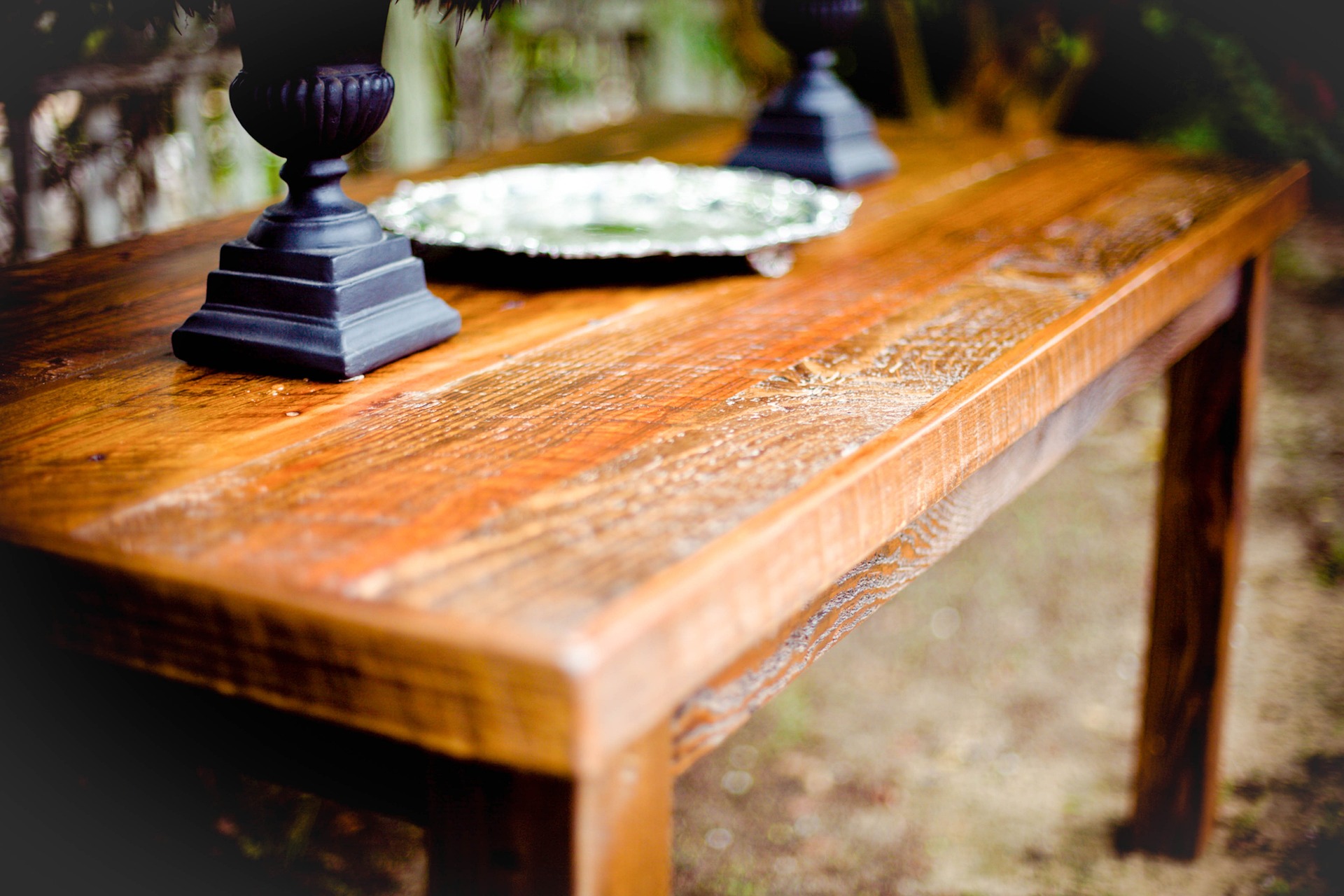Wabi-Sabi: Embracing Imperfection in American Home Design
The quest for perfection in home decor often leaves us feeling unsatisfied and disconnected from our living spaces. Enter wabi-sabi, a Japanese aesthetic philosophy that celebrates the beauty of imperfection, incompleteness, and impermanence. This ancient concept is now making waves in American interior design, offering a refreshing antidote to the polished perfection that has long dominated our homes.

The Origins of Wabi-Sabi
The concept of wabi-sabi emerged in Japan during the 15th century as a reaction against the prevailing aesthetic of ornate, ostentatious, and perfectionist art. Wabi originally referred to the loneliness of living in nature, while sabi meant withered or lean. Over time, these terms evolved to describe a way of life that embraced simplicity, naturalness, and the acceptance of reality.
In traditional Japanese culture, wabi-sabi found expression in tea ceremonies, pottery, and architecture. The deliberate use of rough textures, asymmetrical forms, and natural materials exemplified this aesthetic. Today, as Americans seek more meaningful and authentic living environments, wabi-sabi offers a compelling alternative to mass-produced perfection.
Key Principles of Wabi-Sabi Design
Incorporating wabi-sabi into American homes involves several key principles. First, embrace asymmetry and irregularity. Unlike the strict geometric patterns often seen in modern design, wabi-sabi celebrates organic shapes and uneven forms. This might manifest in handmade ceramics, naturally shaped furniture, or imperfect textiles.
Second, honor the passage of time. Instead of hiding signs of age, wabi-sabi invites us to appreciate them. This could mean choosing materials that develop a beautiful patina over time, like leather or copper, or incorporating antique pieces with visible wear and tear.
Third, prioritize simplicity and minimalism. Wabi-sabi spaces are often sparse, with carefully curated items that each serve a purpose or hold special meaning. This approach encourages mindful consumption and a deeper connection to our possessions.
Materials and Textures in Wabi-Sabi Interiors
The materials used in wabi-sabi design play a crucial role in creating its distinctive atmosphere. Natural, unrefined materials are preferred, as they age gracefully and connect us to the earth. Wood with visible grain, unglazed ceramics, rough stone, and raw linen are all excellent choices.
Textures are equally important in wabi-sabi interiors. Rough, uneven surfaces add depth and interest to a space, while also inviting touch and engagement. Consider incorporating elements like hand-woven baskets, roughly hewn wooden beams, or stone flooring with natural variations.
Color palettes in wabi-sabi design tend to be muted and earthy, reflecting the natural world. Soft whites, warm grays, and subtle earth tones create a serene backdrop that allows textural elements to shine. Pops of color, when used, often come from natural sources like plants or flowers.
Implementing Wabi-Sabi in American Homes
While wabi-sabi has its roots in Japanese culture, its principles can be adapted to suit American tastes and lifestyles. One approach is to start small, incorporating wabi-sabi elements into existing decor. This might involve displaying a collection of mismatched, handmade mugs or hanging an imperfect, handwoven tapestry.
In the living room, consider swapping out a perfectly symmetrical sofa arrangement for a more organic layout. Mix vintage pieces with modern elements to create a sense of history and depth. Allow leather furniture to develop a natural patina rather than trying to maintain a pristine appearance.
In the bedroom, embrace the wabi-sabi concept of transience by using linen bedding, which naturally wrinkles and softens over time. Display found objects from nature, like interesting branches or stones, as sculptural pieces. Replace matching nightstands with unique, characterful pieces that tell a story.
The Kitchen: A Wabi-Sabi Hub
The kitchen offers numerous opportunities to incorporate wabi-sabi principles. Open shelving can display a collection of handmade pottery or well-used cooking utensils. Choose countertops made from natural materials like wood or stone, allowing them to develop a patina over time.
Embrace the beauty of use by prominently displaying well-worn cutting boards or a favorite cast-iron skillet. In the dining area, mix and match chairs or use a live-edge wooden table to add organic charm. Remember, in a wabi-sabi kitchen, perfection is not the goal – functionality, comfort, and character are paramount.
Wabi-Sabi in the Garden
The principles of wabi-sabi extend beautifully into outdoor spaces. In the garden, this might mean allowing plants to grow naturally rather than strictly manicuring them. Incorporate elements like weathered stone pathways, rusted metal sculptures, or a moss-covered fountain to add a sense of age and tranquility.
Choose plants that change dramatically with the seasons, highlighting the impermanence of nature. Ornamental grasses, which shift in color and texture throughout the year, are excellent choices. Allow some areas of the garden to grow wild, creating habitats for local wildlife and embracing the beauty of untamed nature.
The Psychological Benefits of Wabi-Sabi Design
Beyond its aesthetic appeal, wabi-sabi design offers significant psychological benefits. In a culture that often prioritizes perfection and newness, wabi-sabi provides a refreshing alternative that can reduce stress and promote mindfulness.
By surrounding ourselves with objects that bear the marks of time and use, we’re reminded of the transient nature of life. This can foster a greater appreciation for the present moment and a more accepting attitude towards change and aging. The simplicity and naturalness of wabi-sabi spaces can also create a sense of calm and groundedness, offering a respite from the chaos of modern life.
Challenges and Considerations
While wabi-sabi offers a beautiful and meaningful approach to home design, it’s not without its challenges. In a consumer-driven society, it can be difficult to resist the urge to constantly update and perfect our living spaces. Embracing wabi-sabi requires a shift in mindset, valuing patina over polish and character over conformity.
It’s also important to note that wabi-sabi is not an excuse for neglect or poor maintenance. The goal is to appreciate the natural aging process, not to let things fall into disrepair. Finding the balance between care and acceptance is key to successfully implementing wabi-sabi principles.
As wabi-sabi continues to gain traction in American home design, it offers a compelling alternative to the pursuit of perfection. By embracing imperfection, honoring the passage of time, and celebrating the beauty of natural materials, we can create homes that are not just visually appealing, but deeply meaningful and connected to the rhythms of life. In a world that often feels chaotic and disconnected, the principles of wabi-sabi remind us to find beauty in the simple, the imperfect, and the ever-changing.





